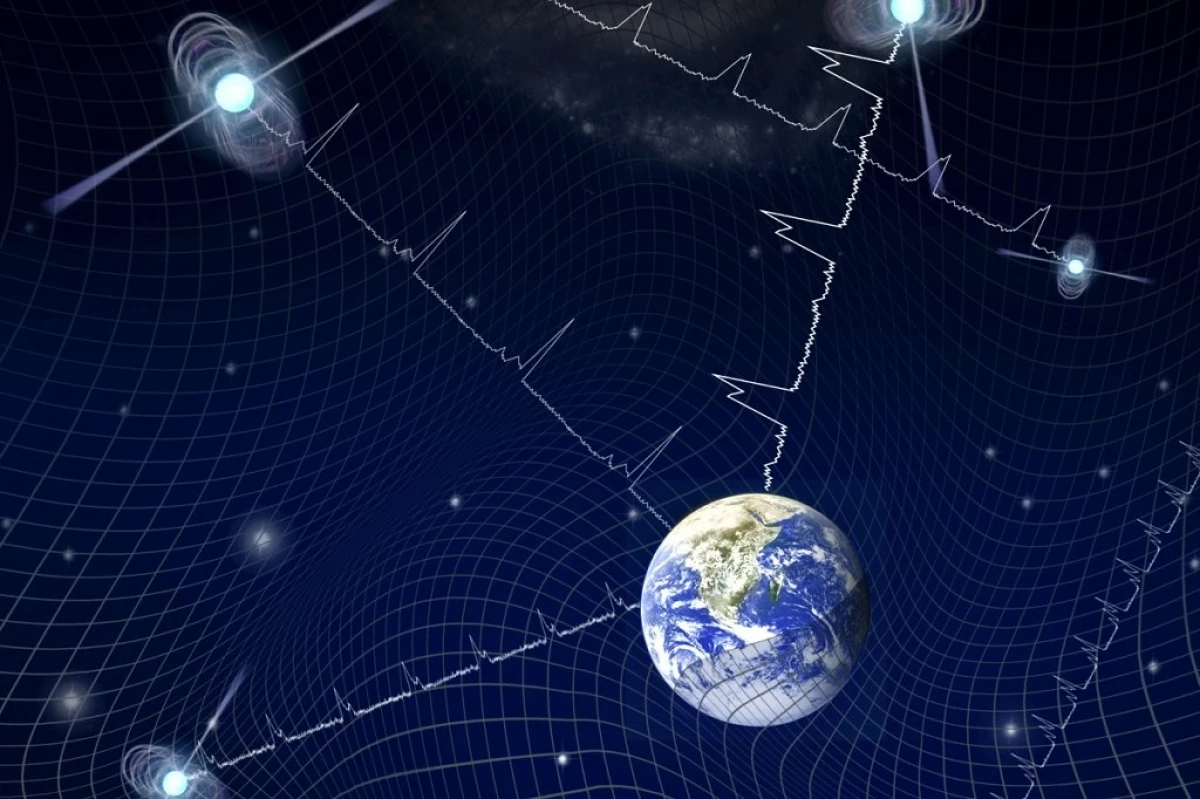
Scientists are going to turn the Milky Way to the Giant Observatory to observe gravitational waves, too large for ordinary land tools. Recall, cosmic catastrophes, such as the mergers of black holes or neutron stars, can create gravitational waves - "fold-time folds", and in 2016 the LIGO and Virgo observatory first recorded a similar event. Since then, we have been able to observe them more and more.
However, theoretically universe permeates and more "calm" waves, imperceptibly filling it with a weak gravitational noise. It is impossible to observe them on Ligo or Virgo: one such a wave is capable of passing through the earth for years, not allowing her to notice. The participants of the Joint American-Canadian project Nanograv offer to use another approach - timing (timing) pulsars. They talk about him in an article published in The Astrophysical Journal Letters.
The essence of the new project is to create a global international network of Telescopes International Pulsar Timing Array (IPTA), which will follow the light of the distant pulsars of the Milky Way. Such objects are distant, fast-raising neutron stars, which emit powerful narrow radiation streams. When rotating, these rays fall into the field of view of the observer through strictly equal intervals, making them pulsed with high frequency.
But the passage of the gravitational wave should be slightly, into several nanoseconds, change the time for registering these flashes. Thus, precisely tracking the timing of distant pulsars, it is theoretically to detect the gravitational wave background of the galaxy. This is confirmed by the preliminary results of the Nanograv project. As part of the experiment, scientists track 45 pulsars over several years - and already found signs of weak changes in their periodicity.
Nevertheless, this is not enough for the final conclusions. Therefore, astronomers voiced plans to create an IPTA tool networks that will allow register such deviations for a large number of pulsars. "The detection of a gravitational wave background will be a big step forward, but only the first step," Joseph Simon adds (Joseph Simon), one of the authors of the IPTA project. - The next stage will be the detection of their sources, and then it is all new that they are able to tell us about the universe. "
Source: Naked Science
